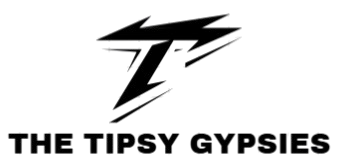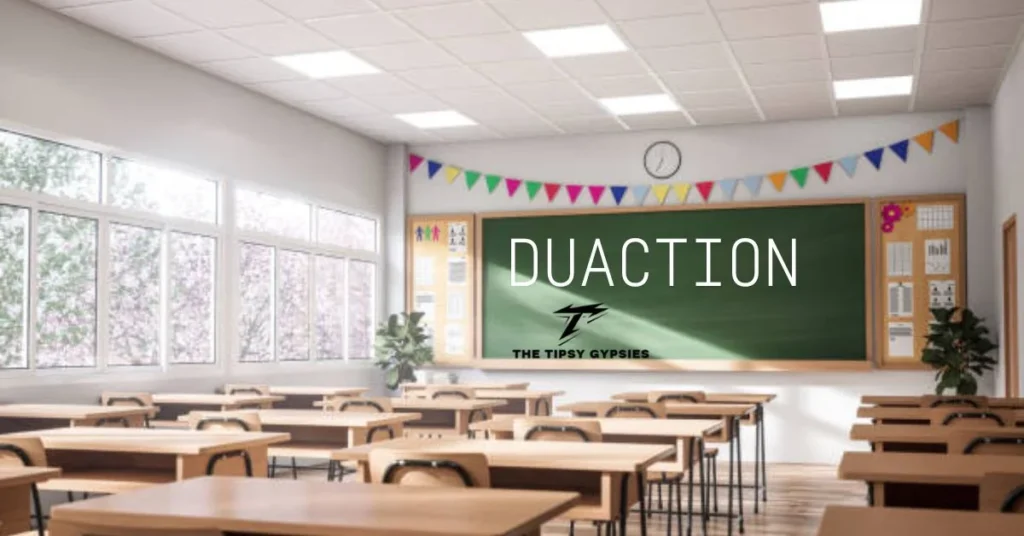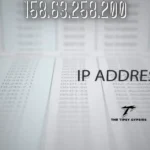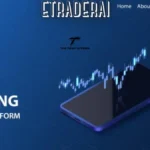Introduction to Duaction and its benefits
Education is evolving at a rapid pace, and with it comes innovative methods designed to enhance learning experiences. One of the most exciting developments in this realm is Duaction. This transformative approach melds active participation with traditional educational practices, creating an environment where students thrive. Imagine classrooms buzzing with energy as learners engage deeply with their subjects! With its focus on hands-on activities and collaborative projects, Duaction fosters critical thinking and creativity among students.
In a world where rote memorization often reigns supreme, Duaction breaks free from convention. It empowers both educators and learners to rethink how knowledge is acquired and applied. But what exactly sets this method apart? And how can we harness its potential for the future of education? Let’s dive into the heart of Duaction—its benefits, scientific backing, real-world applications, and practical tips for seamless integration into teaching practices. The journey of transformation starts here!
Traditional vs. Active Learning methods in education
Traditional learning often revolves around lectures and rote memorization. Students sit quietly, absorbing information while educators deliver content. This method can create passive learners who struggle to engage with the material.
In contrast, active learning encourages participation. It transforms students into collaborators rather than mere listeners. They work in groups, participate in discussions, and tackle real-world problems together.
Active methods foster critical thinking and creativity. Students are not just recipients of knowledge; they actively construct their understanding through hands-on experiences.
This shift promotes deeper comprehension and retention of information. With active engagement, learners develop essential skills for future success beyond the classroom walls.
The landscape of education is evolving as more institutions embrace these dynamic approaches over traditional models that have dominated for decades.
The science behind Duaction and why it works
Duaction is grounded in cognitive science, which emphasizes the importance of active engagement in learning. Research shows that when students immerse themselves in hands-on activities, retention rates soar.
This method encourages learners to apply concepts rather than passively absorb information. By integrating discussion, problem-solving, and collaboration, Duaction stimulates critical thinking skills.
Moreover, it taps into different learning styles. Visual learners benefit from interactive content while auditory learners thrive through discussions and presentations. This diversity enhances overall comprehension.
Neuroscience also supports this approach; as students participate actively, their brains form stronger neural connections related to the subject matter.
In essence, Duaction not only makes learning enjoyable but also effective by aligning with how our brains naturally process information. It reshapes classrooms into dynamic environments where curiosity leads the way towards knowledge acquisition.
Case studies of successful implementation of Duaction in schools
Schools around the globe are embracing Duaction with remarkable outcomes. One notable example is a middle school in California that integrated this active learning method into its science curriculum. Students engaged in hands-on projects, resulting in a significant boost in both test scores and enthusiasm for the subject.
Another inspiring case comes from an urban high school where teachers combined Duaction with technology. By utilizing interactive apps, students collaborated on real-world problems. This approach not only enhanced their problem-solving skills but also fostered teamwork and communication.
In a rural setting, educators implemented Duaction through outdoor learning experiences. Students explored local ecosystems while conducting experiments outside the classroom walls, igniting curiosity about environmental science.
These diverse implementations highlight how adaptable Duaction can be across different educational settings. The success stories underscore its potential to redefine traditional teaching methods.
Tips for educators to incorporate Duaction into their teaching methods
Start small. Introduce Duaction in one classroom activity at a time. This approach helps students adapt without feeling overwhelmed.
Encourage collaboration among students. Pair them for discussions or group projects where they can actively engage with the material and each other.
Utilize technology to enhance participation. Digital tools like interactive quizzes or online discussion boards can stimulate interest and foster deeper understanding of concepts.
Be flexible with your lesson plans. Allow room for spontaneous questions and exploration, as this often leads to more meaningful learning experiences.
Solicit feedback from your students regularly. Understanding their perspectives will help you refine your methods and make adjustments that resonate better with their learning styles.
Share successes and challenges with fellow educators. A supportive community fosters innovation and may inspire new ideas on implementing Duaction effectively in various subjects.
Challenges and solutions in implementing Duaction in the classroom
Implementing Duaction in the classroom can present several challenges. One common hurdle is resistance from educators who are accustomed to traditional teaching methods. Change can be daunting, especially for those who feel uncertain about new approaches.
Another challenge lies in resource allocation. Schools may struggle to provide adequate materials and training necessary for effective implementation of Duaction strategies.
However, these obstacles are not insurmountable. Professional development workshops can equip teachers with valuable skills and confidence in active learning techniques. Collaboration among staff fosters a supportive environment that encourages innovation.
Additionally, leveraging technology can enhance the Duaction experience without straining budgets. Online resources and tools often provide flexible options to engage students actively.
With patience and commitment, educators can smoothly transition into this dynamic teaching method while overcoming initial setbacks effectively.
The future of education with Duaction
The future of education is bright with Duaction at the helm. This innovative approach fosters an environment where students thrive through active engagement. Learning becomes a vibrant exchange rather than a one-sided lecture.
Imagine classrooms buzzing with collaboration, creativity, and critical thinking. Students are not just passive recipients; they actively participate in their educational journey. They explore subjects deeply, question norms, and develop problem-solving skills that will serve them well beyond school walls.
Technology plays a crucial role here too. With digital tools enhancing interactive learning experiences, educators can tailor lessons to meet diverse needs and interests. Personalization becomes standard.
As schools embrace Duaction, we may witness shifts in assessment methods as well—moving from standardized tests to more dynamic evaluations that measure real-world competencies and understanding. The landscape of education will evolve into something truly transformative for generations to come.
Conclusion: How Duaction is transforming education for the Future
Duaction is redefining the landscape of education. By blending traditional teaching with active learning, it creates an environment where students are not mere spectators but active participants in their educational journey. The benefits are clear: increased engagement, improved retention of knowledge, and a more profound understanding of concepts.
As educators embrace Duaction, they witness remarkable transformations within their classrooms. Students collaborate, think critically, and apply what they’ve learned in practical scenarios. This method addresses various learning styles and fosters inclusivity among diverse groups.
The science backing Duaction proves its efficacy; learners thrive when they can engage actively with material rather than passively absorb information. Case studies demonstrate successful implementation across different age groups and subjects—showcasing versatility that appeals to educators everywhere.
While challenges may arise during the transition to this innovative approach, solutions exist through proper training and resource allocation. Educators willing to adapt will find themselves at the forefront of a progressive movement that prioritizes student involvement over rote memorization.
Looking ahead, the future holds promise as Duaction continues to gain traction in educational settings worldwide. It paves the way for a generation equipped with critical thinking skills necessary for success beyond school walls.
Embracing Duaction signifies a commitment to fostering dynamic learning environments where every student’s voice matters—a step closer toward transforming our education system for years to come.






